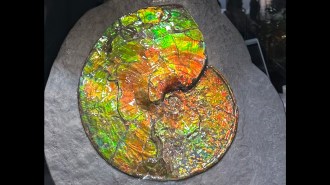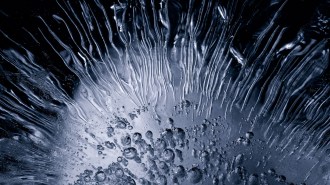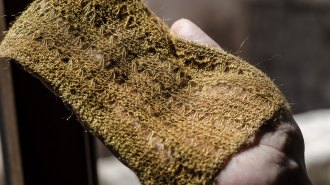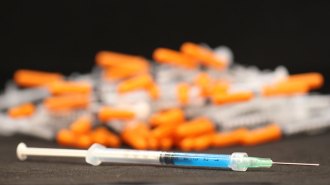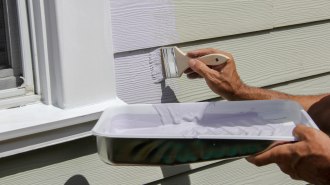Engineering membranes from cellular parts
- More than 2 years ago
Chemists have for the first time spun fibrous networks out of the molecules that make up cellular membranes. The engineered membranes may eventually be used as biocompatible drug-delivery devices or antimicrobial coatings for fabrics or other surfaces.
Phospholipids are molecules that contain a water-attracting chemical group attached to a water-repelling chemical tail. In a cellular membrane, the water-attracting groups, which are exposed to the aqueous cellular environment, sandwich an inner core of water-repelling tails.
Timothy E. Long of Virginia Polytechnic Institute and State University in Blacksburg and his colleagues investigated whether they could manipulate phospholipids with a laboratory technique called electrospinning, which is typically used to process polymer solutions into nanoscale-diameter fibers. In this technique, says Long, researchers apply a voltage to a polymer-filled syringe and spray the cotton candy–like fibers onto a surface.
The group added lecithin, a natural mixture of phospholipids, to an oily solvent. In such a solution, the phospholipids organize into spheres with their water-repelling tails on the outside and their water-attracting groups at the core. With increasing concentrations of lecithin, the spheres coalesced to form tubular structures.
Using a 45 percent lecithin solution, the team spun the phospholipids into fibers and deposited them onto a metal surface, creating a 7-by-15-centimeter membrane. Under a microscope, the membrane revealed a porous network of fibers that had an average diameter of 3 micrometers. The researchers report their work in the Jan. 20 Science.
